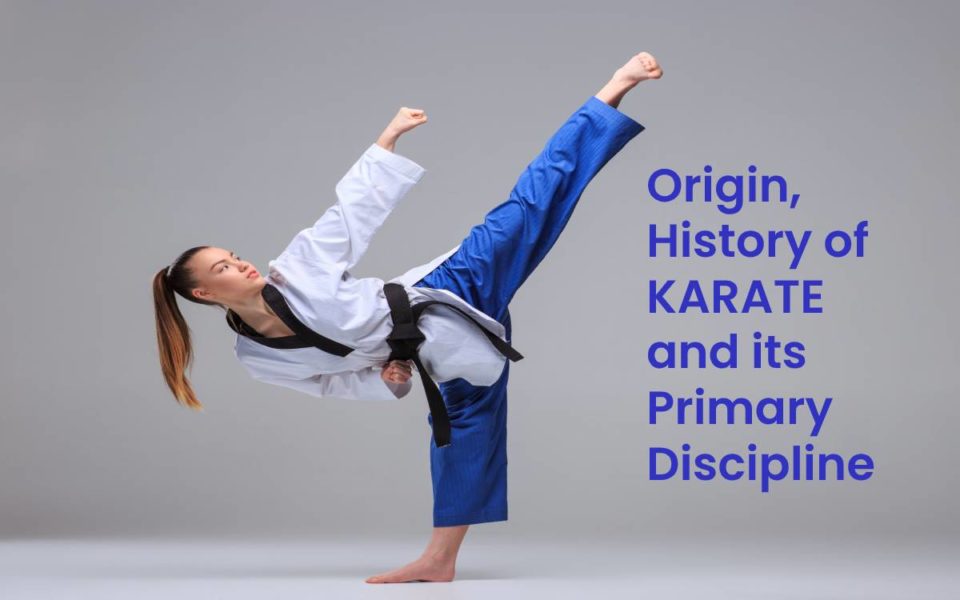History Of Karate is one of the most widespread sports worldwide. There are estimates of 50 million people practicing it, So it is not uncommon that the IOC has finally decided to include it in the Olympic Sports, coinciding with the celebration of Tokyo 2020. And since we like that everyone knows a little bit about all sports, especially if they are in the Olympic Games, we are going to talk about karate.
Table of Contents.
We will take a brief walk through its history and review the most basic rules of its primary disciplines: Kata and Kumite. Can you come with us?
What is Karate?
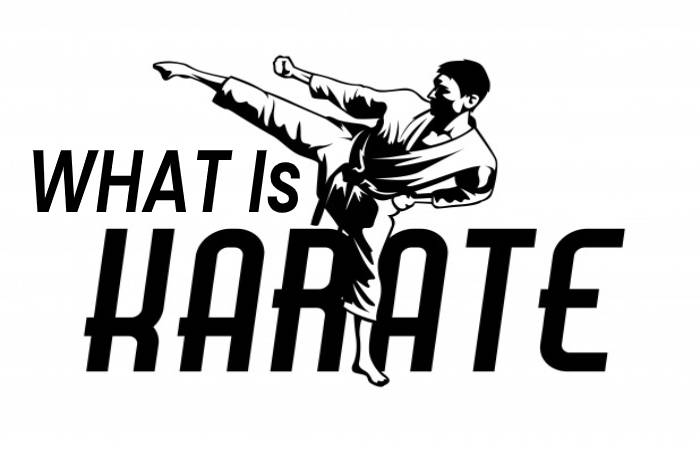
Karate is a Japanese martial art that allows punches, kicks, elbow, and knee strikes as well as open hand strikes (or “knife hands”).
It can practice as an art, self-defense, or combat sport.
Each of these three areas emphasizes different aspects. Thus Budō enhances self-development; self-defense focuses on psychological elements such as attitude, perseverance, fearlessness, and leadership; and sports highlights exercise and competition.
As a combat sport, karate is a program of two disciplines:
- Kumite, or fight between two rivals.
- Kata, or representation of movements and combat postures.
As with the rest of Martial Sports, the ultimate goal of Sports Karate is not to harm the opponent but to beat him according to an established scoring system and to use specific techniques.
We will see all these concepts more carefully throughout the article.
Origin and History of Karate
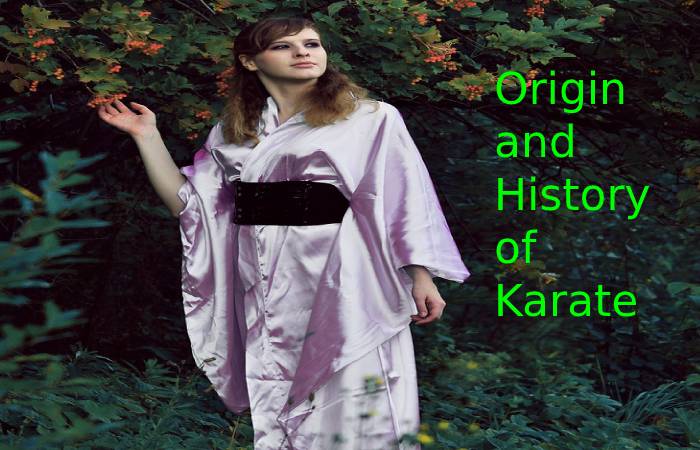
The history of karate began in Okinawa, present-day Japan, when it was still called the Ryūkyū Islands. It started with the arrival of Chinese immigrants during the 14th century. These introduced part of their culture, their art, and, of course, their martial arts.
Following the ban on the use of weapons within the islands, these Chinese martial arts began to gain strength. They were developing with a particular style based on empty hand fighting and with everyday elements such as tridents, horse bridles, and the like.
In the early 19th century, Kanga Sakugawa began teaching a fighting art that he had studied in China. It was known as “Tōde Sakugawa,” translated as “Sakugawa by the hand of China.”
The best-known styles that emerged from it were Shuri-te, Naha-te, and Tomari-te. In each of them, there were specific teachers, katas, techniques, and principles that differentiated them from each other. The set of all of them was called “Kara-te” or “from the hand of China.”
In the late 19th century, the Ryūkyū Islands became the Okinawa Prefecture. Ankō Itosu developed a synthesis of the three styles of karate that introduces as part of the physical education program in schools. For this reason, Itosu considers as “the Grandfather of Modern Karate.”
Many of his students became teachers and helped introduce karate to the main islands of Japan. The most prominent were Kenwa Mabuni, Chōjun Miyagi, Motobu Chōki, Kanken Tōyama, and Kanbun Uechi. One of the best known, if not the most recognized of all, was Gichin Funakoshi, ultimately “Father” of Modern Karate.
Funakoshi traveled to Tokyo to demonstrate his martial art, invited by Jigorō Kanō, founder of Judo. After the success of it, he stayed and opened his school in 1936.
History of Shotokan Karate and the West
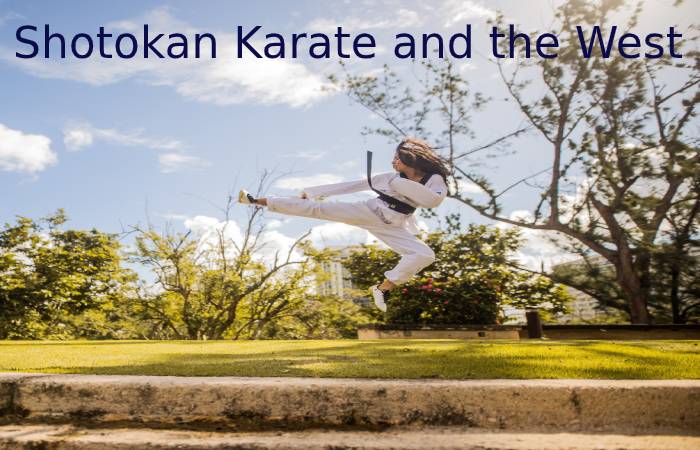
At that time, Japan was invading China, and Funakoshi knew that his art “from the hand of China” would not be accepted. For this reason, he chose to change the name to “The Empty Hand Path,” which is also pronounced Karate in Japanese. Similarly, many katas changed names to receive more Japanese names.
Funakoshi’s strategy paid off, and his dōjō was highly successful. This “new style” is known as Shotokan Karate (“Shoto” means “pine wave,” which was a pseudonym for Funakoshi; “Kan” means “room”).
Following World War II, the United States established a military base in Japan. Unarmed martial arts, with karate at the helm, began to grow in popularity among displaced soldiers and, as a consequence, in the West. In the 60s and 70s, they became popular movies of martial arts, which were generically called “Karate.”
His practice also increased, and the National Federations began to appear. In 1970, the World Karate Federation (WKF) was founded, which is responsible for organizing the Premier League and World Championships.
Starting in Tokyo 2020, karate will also be an Olympic Sport. Considering that it is the most popular martial art in the world and with the most significant number of practitioners, above Judo and Taekwondo, both Olympians for several editions.
History of Karate Disciplines
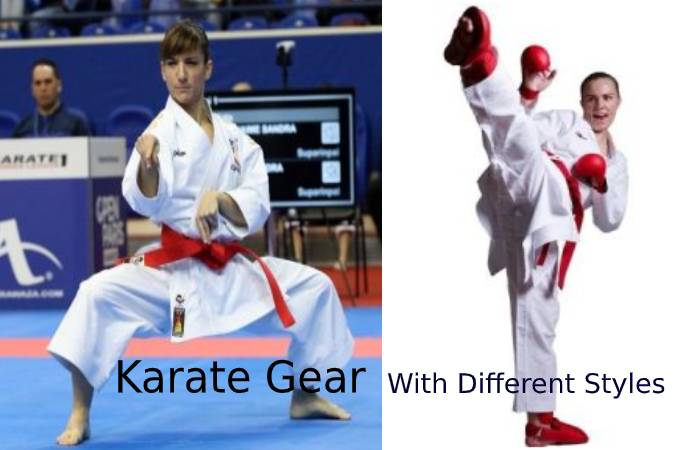
Karate training usually divides into three parts: Kihon, Kata, and Kumite.
Kihon
They are the basic concepts of karate and the basis for everything else. Typically it consists of a group of karate fighters working in unison a technique or combination of techniques through pre-established exercises. Particular attention will have to the style of postures, blows, kicks, and blocks.
Kihon is not part of the sports disciplines of karate.
Kata
A Kata is an arrangement of sequence movements used to represent karate stances, both offensive and defensive. These poses are base on idealizing combat applications and include movements, steps, turns, and arm and leg techniques. All this seeking to maintain the perfect shape.
Kata is not a representation of simulated combat, but the tool for karate fighters to learn the proper shape and position during combat. Therefore, while they run it, they must visualize different applications against a real adversary.
Bunkai, translated in katas as “Analysis.” It is the techniques learning on another attacking on which karate applies. As a sports discipline, this modality appears in the team competition.
Karate katas
The list of Katas varies according to the style of karate. In international competition, only the Karate Katas that appear in an official list will accept, but taking into account these styles. Thus it is collected that the same name can refer to several different Katas, in the same way, that the same kata can receive different denominations.
Below is the list of Katas accepted by the WKF in 2018:
Kumite
Kumite is the combat modality of karate, and it translates as “meeting hands.” In its sports variant, the opponent is to score the highest number of points in a pre-establish time.
Athletes will protect with mittens, mouth and groin protectors, shin guards, and foam shoes since, at no time are they trying to cause harm to the opponent or himself.
Karate gear
The wearing of uniform (gi) derives from Judo and is influence by Jigorō Kanō. It is called Karategi (or Keikogi) and is making a jacket, pants, and a belt.
It must be completely white and not show any type of decoration, except for the national emblems and manufacturer’s brand. You can also include other sponsor brands if you got permission.
In Traditional Karate, the belt (obi) has various colors that determine the level of learning that the karate in its every stage. However, in the competition, they will always be red and blue to differentiate each of the contenders (Aka and Ao, respectively).
There are two types of Karategi, depending on the type of competition. Thus, the one used for Kumite is thinner and lighter than that of Katas.
Additionally, in WKF battles a series of protections are mandatory these should be in the same color of belt:
- Gloves
- Mouth protector
- Body protector
- Chest protector for women.
- Shin pads.
- Foot protector.
Competition Area
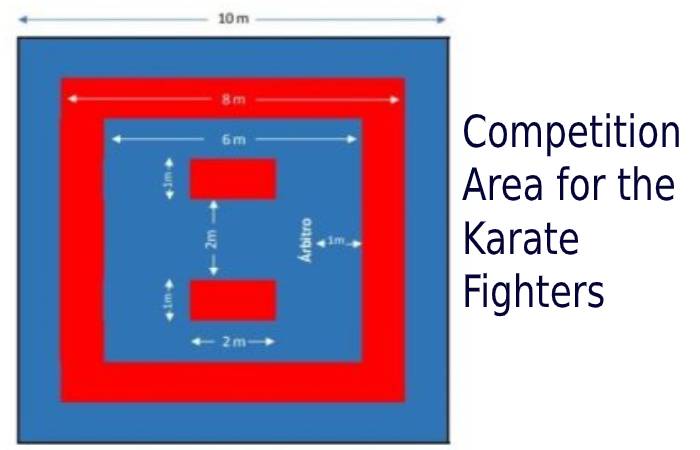
Karate will practice on a mat, a smooth and lightly padded surface to cushion the blows during falls.
It is square and has 8 meters on each side. Competition Area is blue in color and is delimited by a 2-meter red outline that is also part of the competition surface. Around there is a security area in which four judges are present, one on each corner of the mat.
If the contestant’s steps outside the area, he is cautious unless it was the result of an attack by the opponent.
Karate fighters should stand on the demarcate surface, which is in the center facing each other at the beginning of a fight and after it ends.


